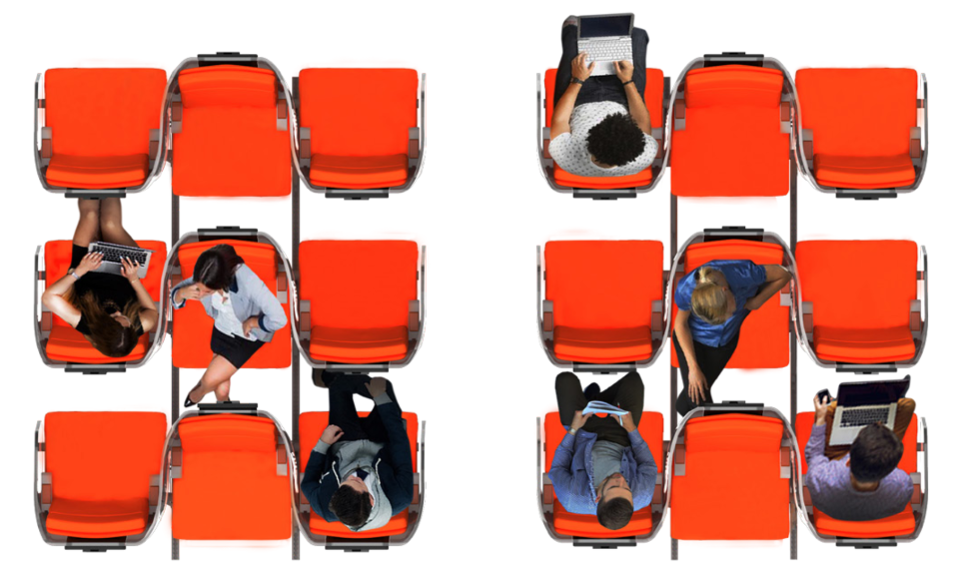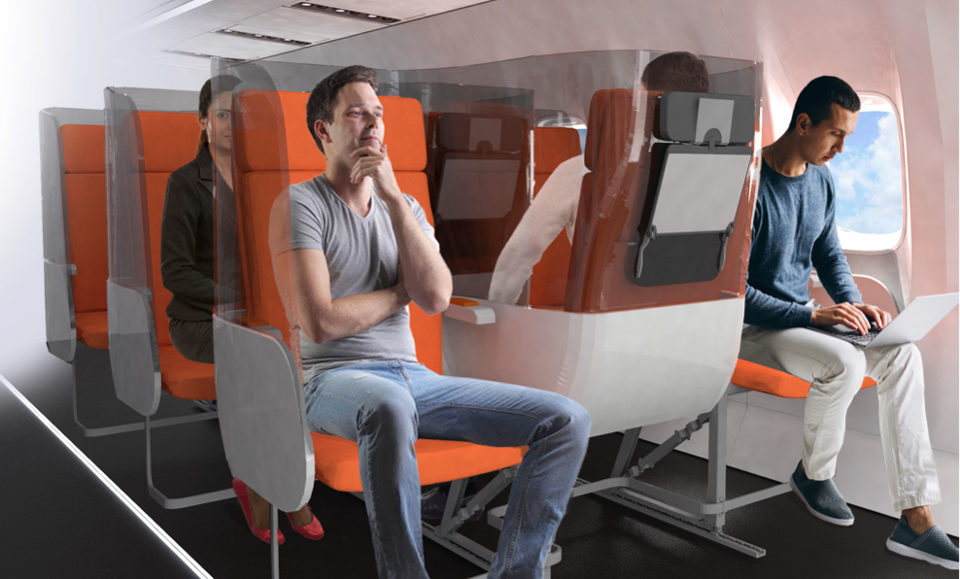One recommendation that is circulating that the moment, and that has gained widespread approval, is leaving the centre seats empty when their airlines resume their operations. Although not clear if the suggestion would work, Ryanair’s chief executive, Michael O’Leary, says that the airline will not start flying again if forced to do so, as it does not fit with Ryanair’s operating model
In an interview that he carried out with the Financial Times this week Mr O’Leary explained how Ryanair’s business model requires high loads, and that it would not return to flying if forced to carry fewer passengers.
Several airlines are implementing the idea in some way already (including Delta Air Lines and American Airlines), and many others are looking at it as they make plans to re-start flights.
O’Leary said “We can’t make money on 66 percent load factors. Even if you do that, the middle seat doesn’t deliver correct social distancing, so it’s kind of an idiotic idea that doesn’t achieve anything anyway.”
However quite a number of airlines do support the idea including rival budget airline easyJet who have already confirmed that it plans to leave all middle seats empty when it returns to flying. CEO Johan Lundgren explained his view to The Guardian.
“Our assumption is that load factors will not be back to normal early on, which means that we will have the opportunity for a middle-seat option, but I’m talking about this as an initial phase and nobody knows for how long that phase will be.”
Ryanair’s thoughts on the matter are quite different with the airline expecting to operate 40% of flights in July (if travel resumes), with loads of 50% to 60%. And by summer 2021, it expects to exceed 2019 traffic levels, with growth including pick up from the other airlines that fail.
Michael O’Leary said that he will only leave the middle seat empty if the Irish government pays for it!
He does suggest other methods, however, such as wearing face masks and taking temperature checks prior to passengers being allowed to board.
But the lockdown hasn’t stopped the industry from coming up with solutions that might help passengers fly again safely.

Aviointeriors SpA has released two designs, the first of which features a middle seat turned backward and surrounded by a plastic shield, which would give all passengers better social distancing and would give middle seat occupants more room. The Italian aircraft seat manufacturer dubbed the seat Janus, after the two-faced Roman god.
Each passenger has its own space isolated from others, even from people who walk through the aisle.
Although Aviointeriors says the Janus seat could use the same cabin footprint as ordinary seats, the forward/aft configuration raises questions as to whether it would increase difficulty of food-service in-flight as well as evacuation in an emergency. But greater row separation could address these questions, and give passengers more legroom.
This is something that airlines might now embrace more readily, since they could still have higher load factors, eliminating just one or two rows to compensate, rather than leaving each middle seat empty.





